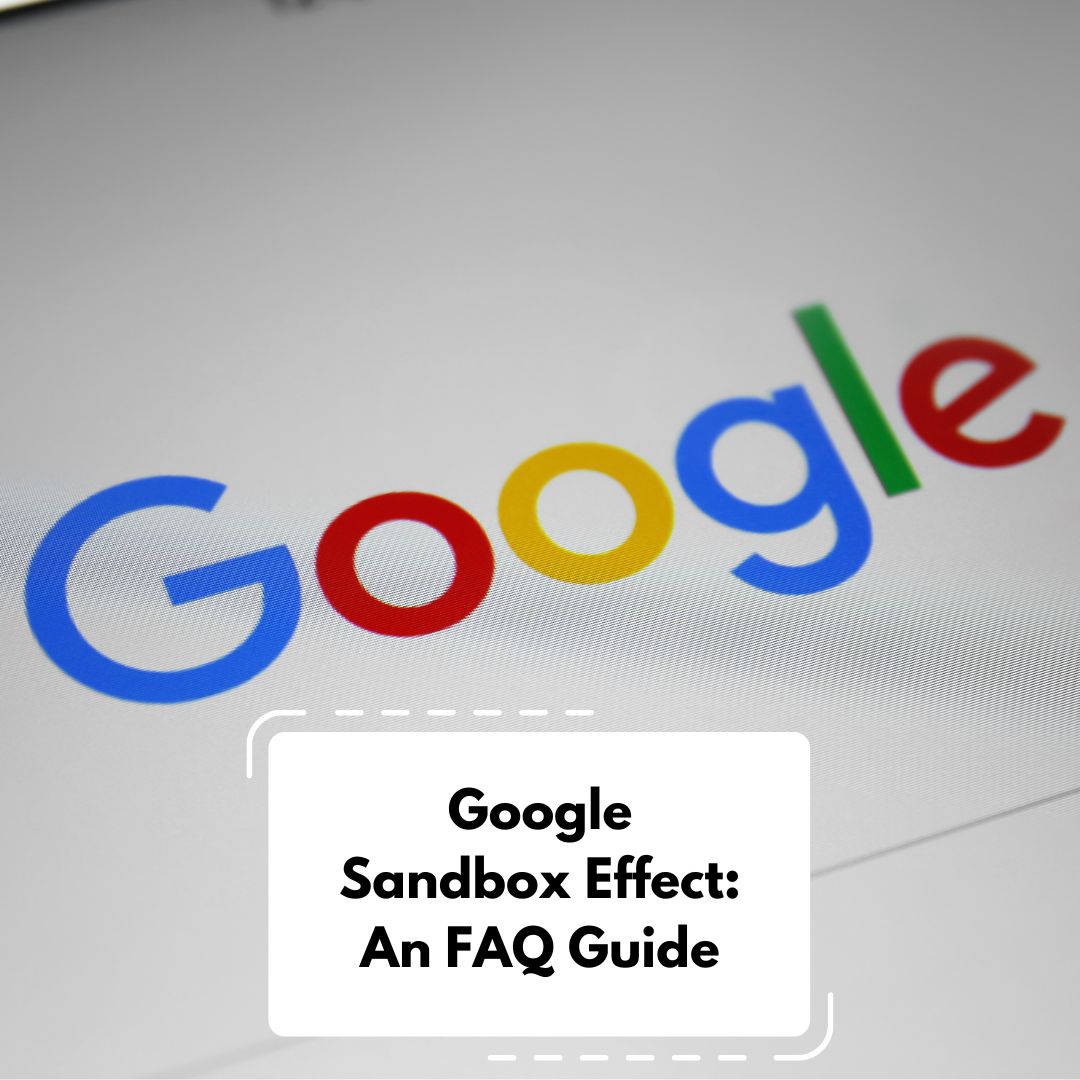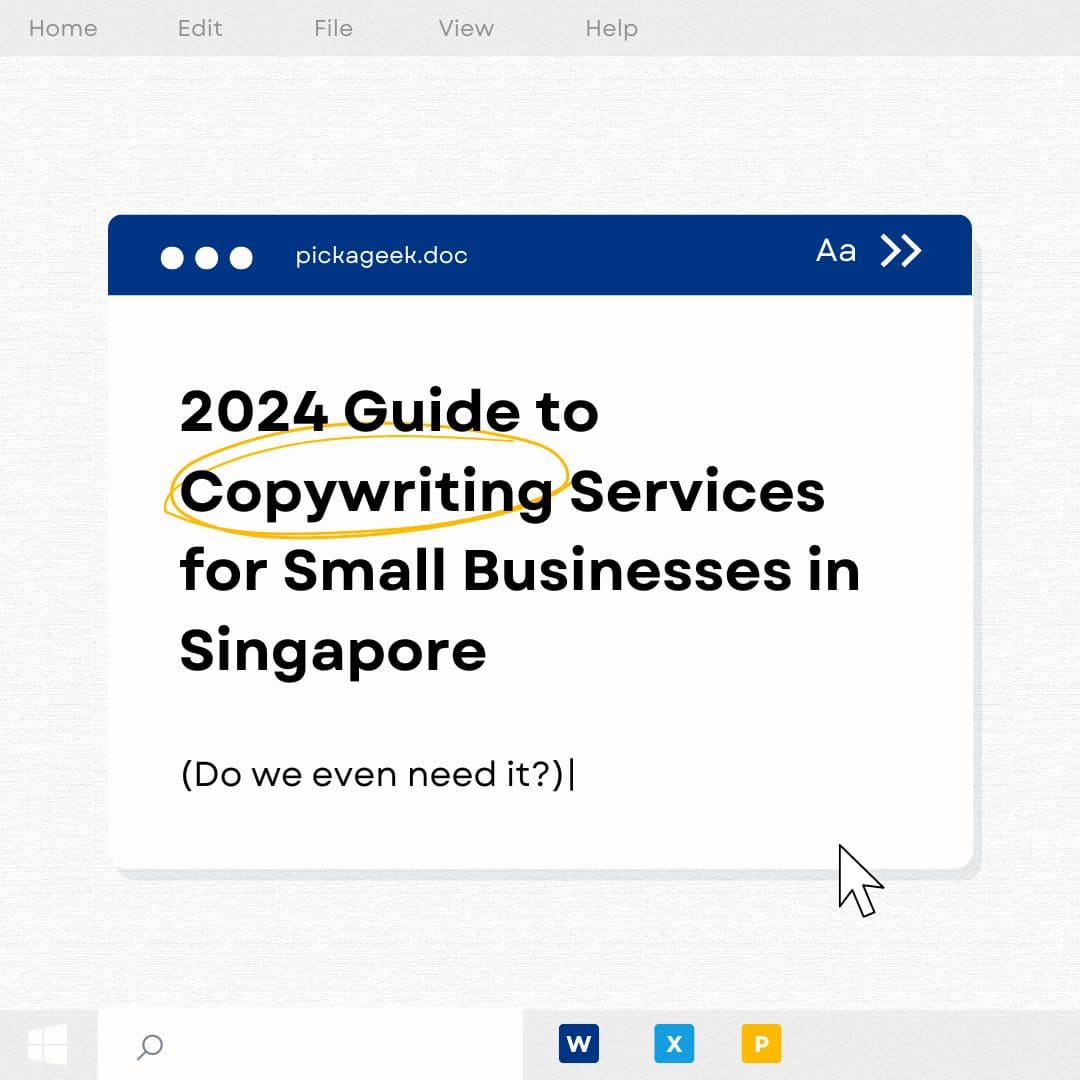What is the Google Sandbox? The term "Google Sandbox" refers to a speculated phase where…

How to Write SEO-Friendly Blogs
How to write SEO-friendly blogs? Easy! Writing SEO-friendly blogs is a skill that can help you reach more readers and grow your online presence. SEO stands for search engine optimisation, which is the process of improving your website’s visibility and relevance for search engines like Google.
When you write SEO-friendly blogs, you make it easier for Google to find, crawl, index, and rank your content. This means that your blog posts will show up higher in the search results when people look for topics related to your niche.
But how do you write SEO-friendly blogs? What are the best practices and tips to follow? In this blog, we will share with you 10 easy steps for writing SEO-optimised blog posts that rank on Google and drive more traffic to your website.
Do keyword research
Keyword research is the process of finding and analyzing the words and phrases that people use to search for information on the internet. Keywords are the foundation of SEO, as they help you understand what your audience is looking for and how to match their intent with your content. To do keyword research, tools such as Ahrefs’ Keywords Explorer, Semrush Keyword Magic Tool, or Google Keyword Planner can be used to generate keyword ideas, analyse their search volume, difficulty, and relevance, and choose the best ones for your blog posts.
Optimize your title tag
The title tag is the clickable headline that appears on the search results page. It tells both users and search engines what your page is about. To optimise your title tag for SEO, you should include your main keyword as close to the beginning as possible, keep it under 60 characters, make it catchy and compelling, and avoid keyword stuffing or duplication.
Optimise your meta description
The meta description is the short summary that appears below the title tag on the search results page. It tells users what they can expect from clicking on your link. To optimise your meta description for SEO, you should include your main keyword and related keywords, keep it under 160 characters, make it relevant and persuasive, and avoid keyword stuffing or duplication.
Optimise your URL
The URL is the web address of your page. It tells users and search engines where to find your content. To optimise your URL for SEO, you should include your main keyword, keep it short and simple, use hyphens to separate words, and avoid unnecessary words or characters.
Write an engaging introduction
The introduction is the first paragraph of your blog post. It should hook the reader’s attention and explain what they will learn from your post. To write an engaging introduction for SEO, you should use your main keyword in the first sentence, provide some background information or context, state the main problem or question that your post will address, and end with a clear thesis statement or value proposition.
Use headings and subheadings
Headings and subheadings are like signs that tell you what’s in each section of your blog post. They help you organize your content and make it easy to read and scan. They also help search engines understand the structure and hierarchy of your page. To use headings and subheadings for SEO, you should use H1 for the main title of your post, H2 for the main sections, H3 for the sub-sections, and so on. You should also include related keywords and subtopics in your headings and subheadings.
Write high-quality content.
Content is the core of your blog post. It should provide valuable information, insights, or solutions to your audience’s needs or problems. To write high-quality content for SEO, you should follow these tips:
- Write in clear and concise language that matches your audience’s level of knowledge and tone of voice.
- Use short paragraphs, bullet points, lists, images, videos, charts, or other visual elements to break up the text and make it more engaging.
- Use transition words to connect your sentences and paragraphs smoothly.
- Use examples, stories, quotes, statistics, or other evidence to support your claims and arguments.
- Use a call to action at the end of your post to encourage your readers to take the next step.
- Optimise your images and videos. Images and videos can enhance your blog post by adding visual appeal, explaining complex concepts, or showing real-life examples.
They can also help you rank higher on Google, especially if you optimize them for SEO. To optimize your images and videos for SEO, you should:
- Use relevant and high-quality images and videos that complement your content.
- Add alt text to describe the content of your images for users who can’t see them or have accessibility issues.
- Add captions to explain the context of your images and videos for users who can’t hear them or have accessibility issues.
- Use descriptive file names that include your keywords for your images and videos.
- Compress your images and videos to reduce their file size and loading time.
- Add internal and external links. Links are like bridges that connect your blog post to other pages on your website or other websites on the internet. They can help you provide more value to your readers, increase your credibility, and improve your SEO.
To add internal and external links for SEO, you should:
- Add internal links to other relevant blog posts or pages on your website that your readers might be interested in. This will keep them on your site longer and reduce your bounce rate. It will also help search engines crawl and index your pages better.
- Add external links to authoritative sources that support your claims or provide more information. This will show that you have done your research and increase your trustworthiness. It will also create opportunities for backlinks, which are links from other websites to your page. Backlinks are one of the most important ranking factors for SEO.
Proofread and edit your post
Before you publish your blog post, you should proofread and edit it to make sure that it is free of spelling, grammar, punctuation, or formatting errors. These errors can hurt your credibility and user experience, and negatively affect your SEO. To proofread and edit your post for SEO, you can use tools like Grammarly3 or Hemingway4 to check and improve your writing.
Conclusion
Writing SEO-friendly blogs is not as difficult as it may seem. By following these 10 steps, you can create blog posts that rank on Google and drive more traffic to your website.
If you need any help with writing or optimizing your blog posts for SEO, feel free to contact us at PickAGeek. We have a team of experienced SEO writers who can help you achieve your goals.
Don’t forget to share this blog post with your friends and followers if you found it helpful. Happy writing!



